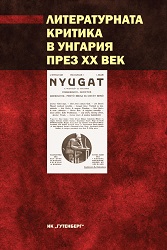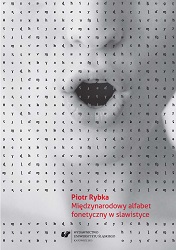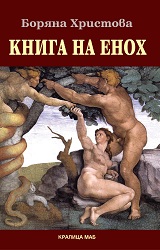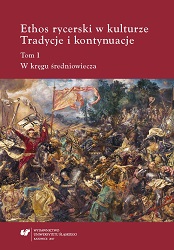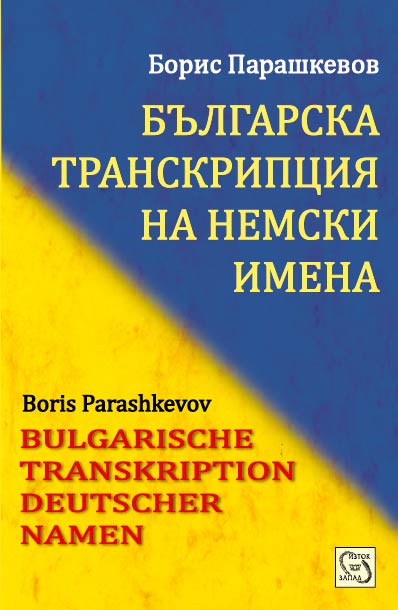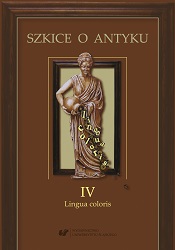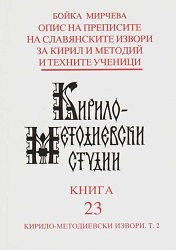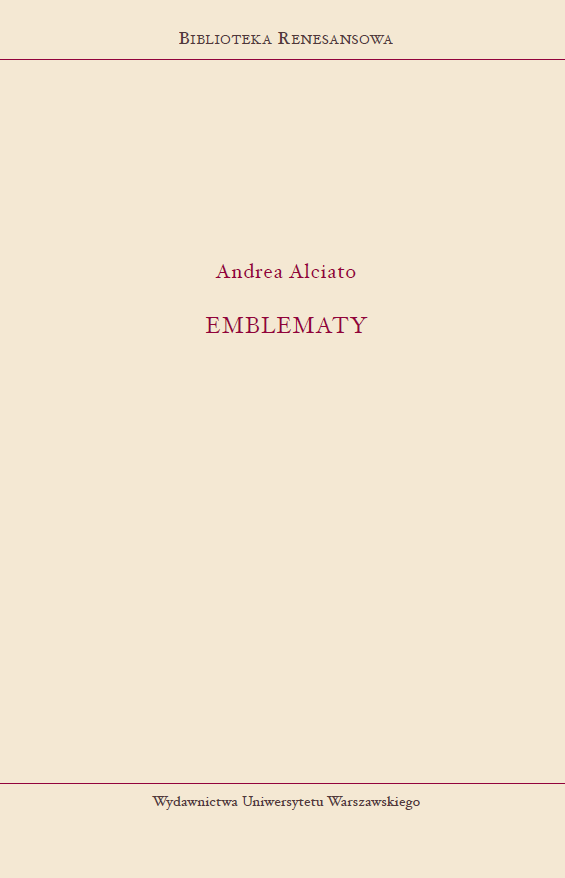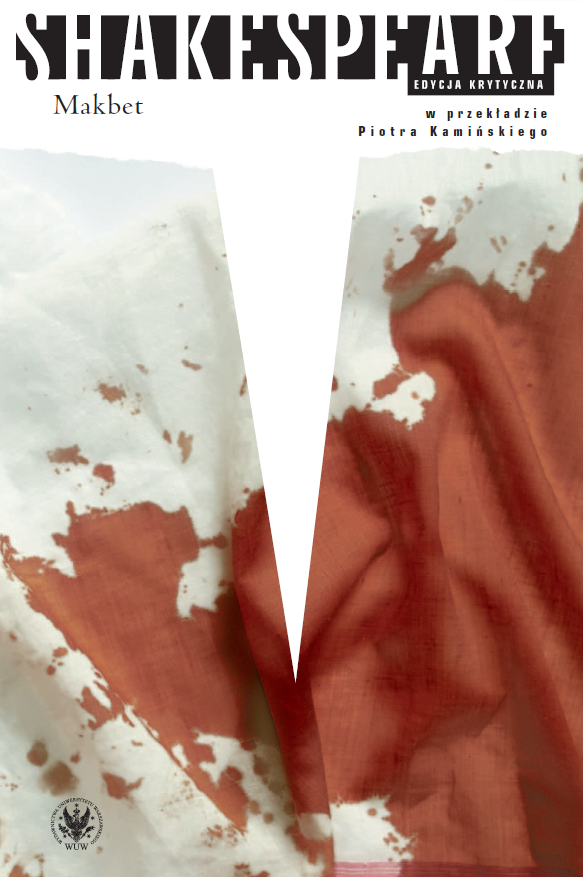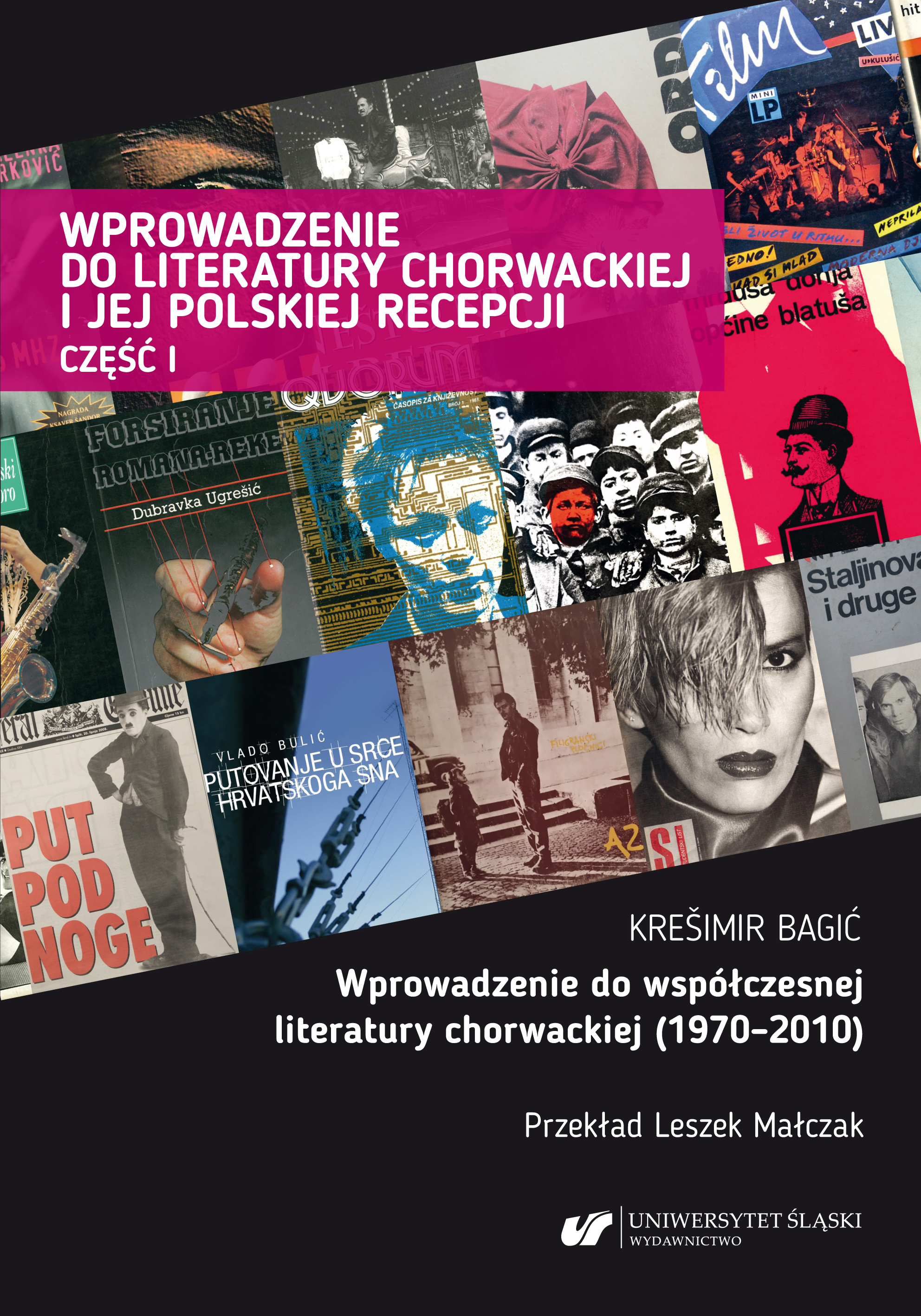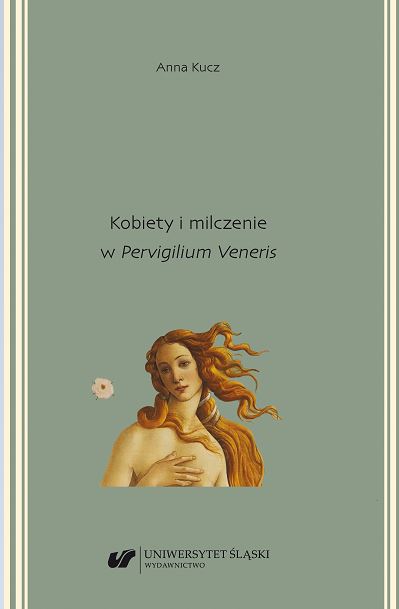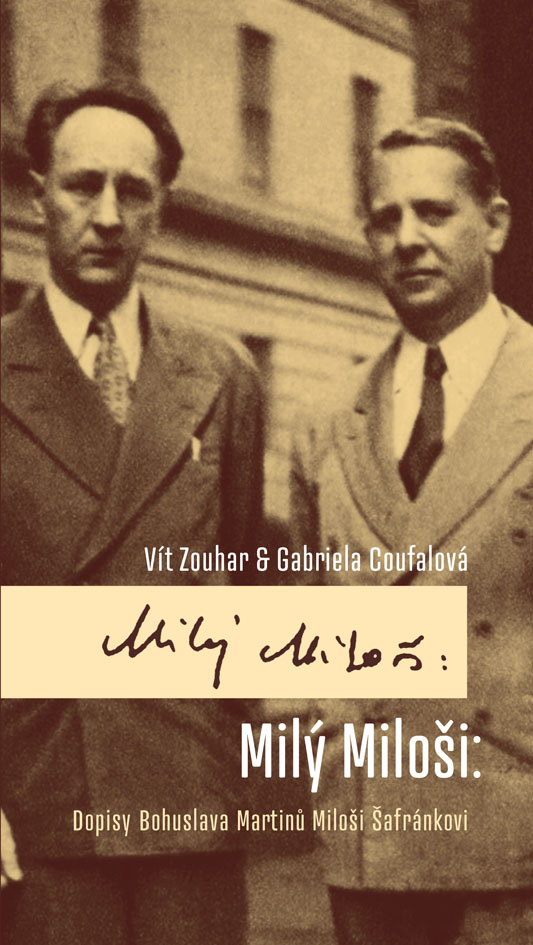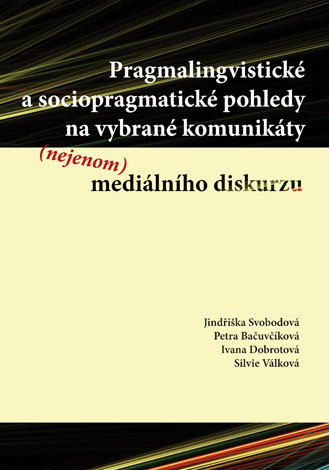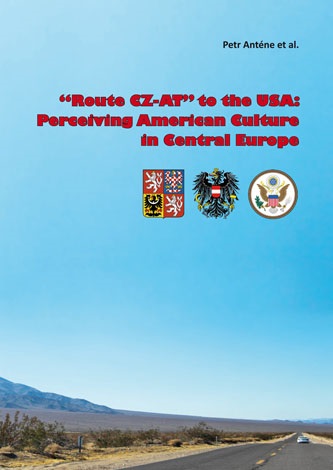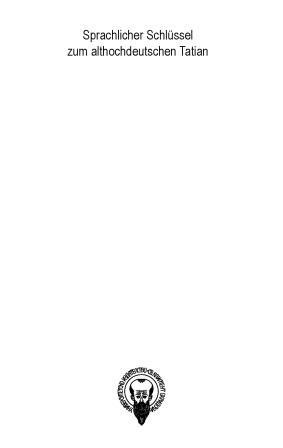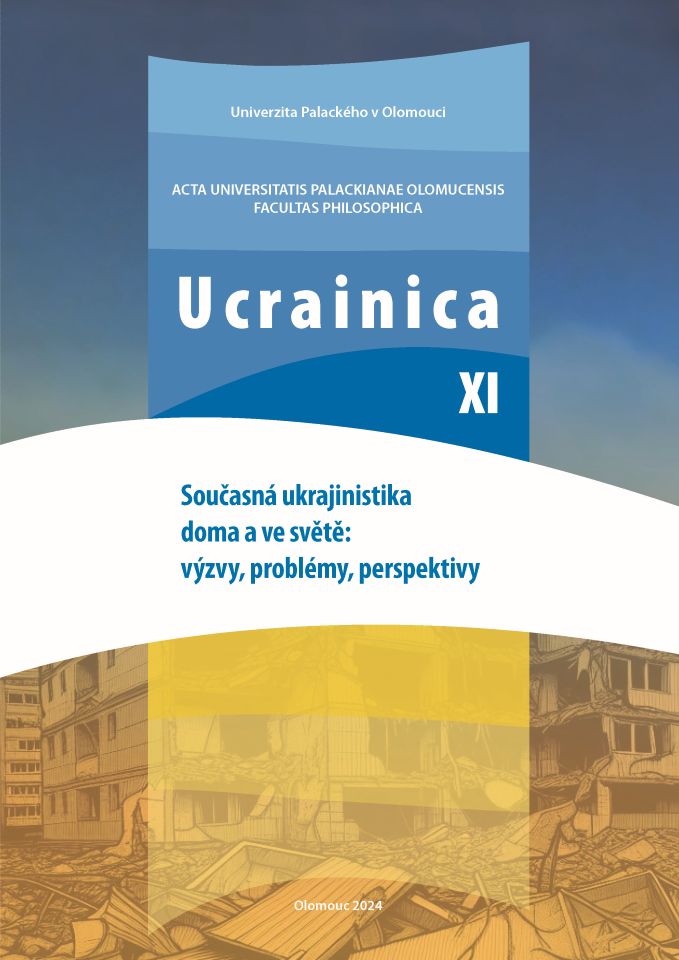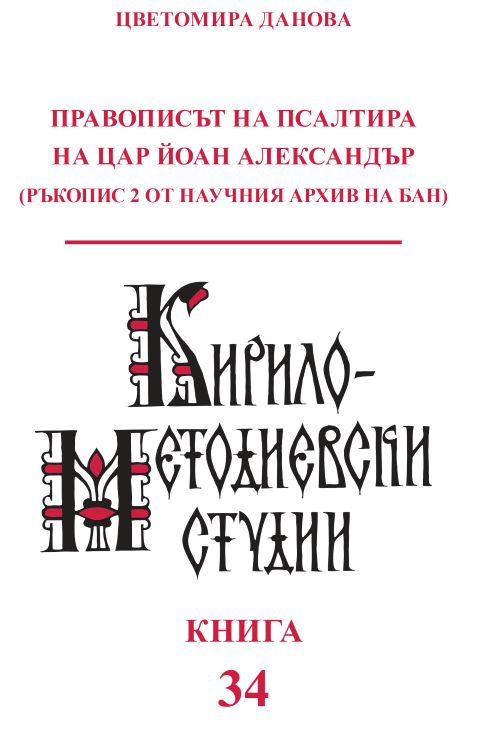Author(s): Boyka Mircheva / Language(s): Bulgarian
On September 15th, 1934 during the Fourth International Congress of Byzantologists in Sofia, in the Byzantium and the Slavonic World Section a committee comprising Milos Weingart and Franz Dvornik from Prague, Vasily Pogorelov from Bratislava, Ilarion Sventsitski from Lvov, Milko Kos from Ljubljana, Mikhail Poprouzhenko and Stoyan Romanski from Sofia unanimously adopted a resolution. It assigned to the Bulgarian Academy of Sciences the preparation of a critical edition of the sources on the life and deed of brothers Cyril and Methodius because of their huge importance for both Byzantine and Slavonic studies. On that very day the Committee on studying the sources on the life and deed of Cyril and Methodius convened. Two weeks later in Krakow the Second International Congress of Slavists took place. At the last plenary session of the congress, which was held on September 30th, 1934, St. Romanski proclaimed the Resolution of the Byzantologists' Congress and it was unanimously approved. By decision of the Congress of Slavists the Committee was joined by Joseph Weiss and Joseph Kurz from Prague, Stanislaw Slonski and Ivan Ogienko from Warsaw, Stepan Ivshich from Zagreb, Alexander Teodorov-Balan, Iordan Ivanov and Iordan Trifonov from Sofia. At the same committee session the decision was taken to make lists of the texts to be published (Slavonic, Greek and Latin) and to prepare a plan of the edition as part of the preliminary work. For this reason shortly after that, in July 1935, under the aegis of the Committee for the publishing of the sources on the life and deed of Cyril and Methodius at the Bulgarian Academy of Science was published the Bibliographic Review of the Slavonic Sources on the Life and Deed of Cyril and Methodius („Библиографски преглед на славянските източници за живота и дейността на Кирила и Методия") prepared by M. Popruzhenko and St. Romanski. As the authors note this is a list of the known, more or less correctly registered copies of Slavonic sources... written in Cyrillic, including notes of the editions they had been published or simply used in, as well as the book depositories they are preserved in. This bibliographic review features 175 copies of 21 Slavonic monuments. Later, in 1956, the work of Bonyu Angelov Slavonic Sources on Cyril and Methodius ("Славянски извори за Кирил и Методий") was published - a continuation of the work of Popruzhenko and Romasnki. Its first part contains data about 207 copies of 8 sources, and its second part - unclassified data about 212 copies of different calendar notes, short vitae, parts of the vitae of the Thessaloniki brothers, etc. In 1980 the Cyrillo-Methodian Research Center at the BAS, successor to the Committee for publication of Cyrillo-Methodian sources, launched the collection of bibliographic data about the separate copies of the Slavonic sources with view of their storing place and depository, signature, descriptions, editions and research of each copy, following a scheme designed by Svetlina Nikolova. In the meanwhile, a Preliminary List of Cyrillo-Methodian Sources („Предварителен списък на кирило-методиевските извори") was prepared and published in 1987. This list divides the sources in Slavonic, Latin, Greek and Romano-German and each source is provided with separate data on the time and place of creation, authorship, language of the original, archeographical data about the earliest copy and about the editions of the concrete copy. This inventory of Slavonic sources, in chronological order, comprises 39 items, adding 18 new Slavonic sources to the identified by Popruzhenko and Romanski: the discovered in the last decades acrostics of the names of Constantine of Preslav (3 at that point), Kliment of Ohrid (1 at that point), with the name of Naum (1), the note of Tudor Doxov to the translation of Four Discourses against the Arians by Athanasios of Alexandria, the canon of St. Demetrios of Thessaloniki, the Calendar notes of Kliment of Ohrid and the later dated sources written in Czech – the Chronicle of Dalimil, the Czech revision of the Diffundente sole legend and the Life of St. Crhu and Strahota. Presently the corpus comprises bibliographic data about 46 sources in 1145 copies. In contrast to the previous bibliographical reference books it includes as separate sources: the Second service for Constantine-Cyril the Philosopher, for the time-being considered an original work because no Byzantine model has been found so far; the second canon of Methodius by Kliment of Ohrid discovered by Russian scholars Lyudmila Moshkova and Anatoly Turilov and deciphered by Bulgarian scholar Georgi Popov; the Dormition of Methodius - a text discovered by Klimentina Ivanova; the Middle-Bulgarian translation of the Greek service for Kliment of Ohrid (omitted in the Preliminary List of Slavonic Cyrillo-Methodian sources), the general calendar notes on Cyril and Methodius. One of the main principles of the Inventory is the decision that the literature for the rubrics’ descriptions, editions and studies should comprise concrete research works on the respective copy only and not on the source as a whole. The information is drawn from printed publications - inventories, editions and studies, printed from the early 19th с. to 2012. The copies are arranged in chronological order, by countries and depositories. The data about copies whose existence is uncertain or which have been proved to no longer exist are placed separately at the end of the information about each source, together with a detailed description of who, when and where has given the information about the copy and who, where and when has proven that the copy is uncertain or destroyed. Likewise, at the end of the information on each source, there is data about copies whose present location is unknown. The Inventory does not include revisions, compilations and excerpts from the separate sources, nor later works created on the basis of already existing ones. No bibliographic data about old-printed editions of the separate sources are included either, the only exception being the Old-Czech source Life of St. Crhu and Strahota which isn't preserved but in a printed edition. The calendar notes are united with the troparia, kontakia and all references of this type in menologies of different liturgical books. Since the notes are extremely varied, the title cites only the earliest mentioning of the memory of the saint. The Inventory does not give information about the so-called Tale of the Translation of the Books („Сказание о преложении книг"), included in Tale of Bygone Years („Повесть временных лет") because in order to make a complete and correct bibliographic description all copies must be examined which I wasn't able to do at this point. The data on these copies will be the subject of another publication. The main points of the scheme are as follows: First of all, the original title and incipit of every source are given. With hymnographic works – the incipit and the end of the work. The information about each copy includes: 1. Location and depository of the manuscript: country, town, depository, fund number and name of the collection, ref. number, type, language specifics, dating of manuscript and folia that the work occupies. 2. Descriptions. This rubric contains information about all the accessible catalogues and lists where the manuscript is mentioned. 3. Editions. List of bibliographic data on all the editions of the concrete copy. 4. Studies. The bibliographical data about the studies on the concrete copy are listed here. 5. Note. The rubric contains additional information about the copy – whether it was used for various readings, numbering specifications, differences in identifying the type of manuscript or its dating, information about the existing photocopies in the BAS scientific archive, etc. The edition uses the abbreviations of libraries, collections and funds that are generally adopted in Slavonic Studies.
More...
